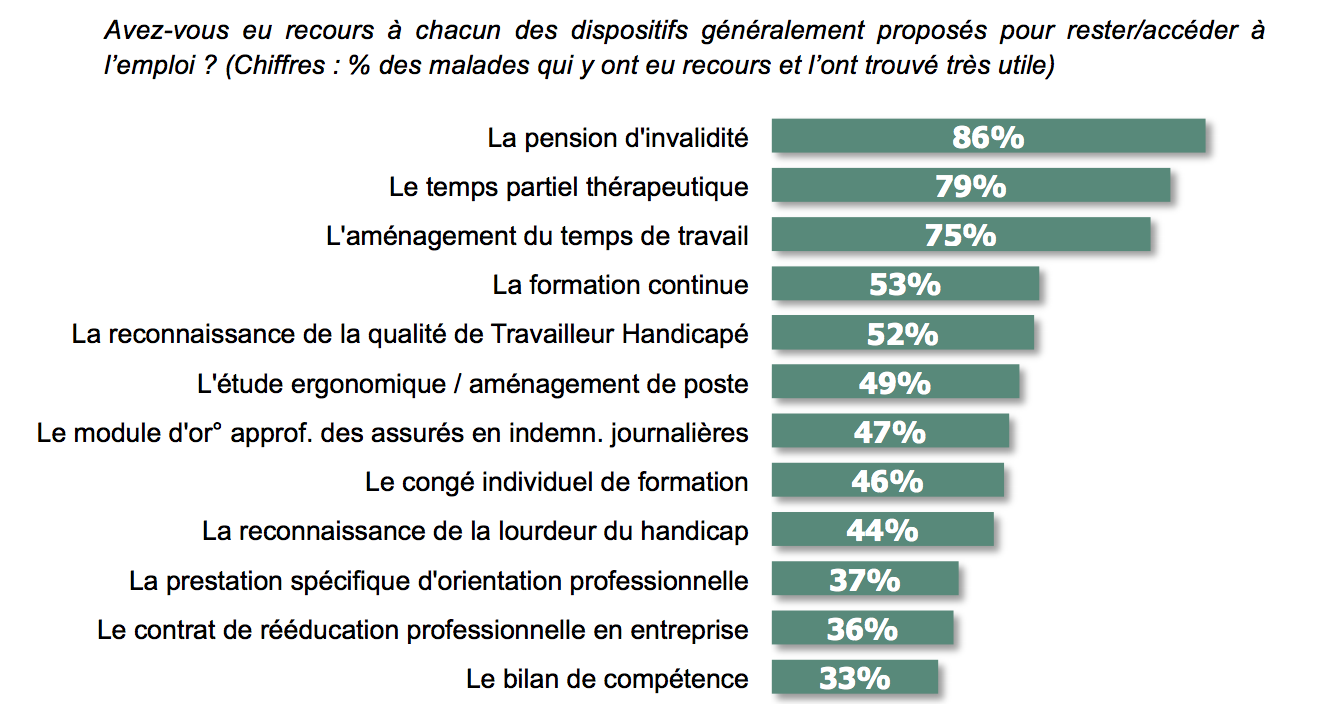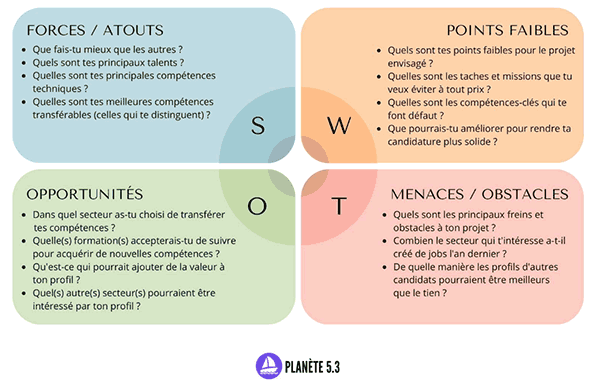it takes five years before the symptoms of multiple sclerosis affect professional activity. Many patients have to stop work against their will.

Multiple sclerosis and work find it difficult to coexist. For a majority of patients, the symptoms have a major impact on their professional activity. Not all benefit from a workstation adjustment, according to an Opinion Way consultation for the French League against Multiple Sclerosis (LFSEP), carried out on the occasion of World MS Day. A situation all the more damaging as the patients are young when the first symptoms appear.
Multiple sclerosis is a disease that progresses in flare-ups. The symptoms, at the beginning of its evolution, are not visible. But for patients, they have a real impact on daily life. Three-quarters of those polled by the Polling Institute said fatigue, movement disorders and pain significantly affected their work.
The more the disease progresses, the more difficult it is to continue a professional activity. It usually takes 5 years for symptoms to really affect him. But on average, a permanent sick leave occurs 9 years after the diagnosis is announced. They are still young, since symptoms appear between the ages of 20 and 40.

Human resources shunned
Despite this difficulty in continuing their activity, patients continue to fight. Half of them (48%) mention the disease before being forced into it by the symptoms. The hierarchical superior is the first to be informed. Human resources managers are shunned by patients.
But the announcement of the disease does not necessarily have the desired effect. A minority of those polled declared that they had benefited from a workstation adaptation (20%), which was nevertheless necessary. Fatigue is the first cause of adjustment, followed by motor disorders. But patients regularly cite pain, cognitive, visual or vesico-sphincteric disorders.
It is not for lack of trying to get help. Three-quarters of patients have recourse to structures or systems to help them stay in employment. Often unnecessary help.

As for labor law, it is difficult to understand, argue 60% of those polled. Even more of them say that accessing information specific to their disease is difficult. The result: one in ten sick people of working age had to stop working, even though they still felt capable of doing so.
.














